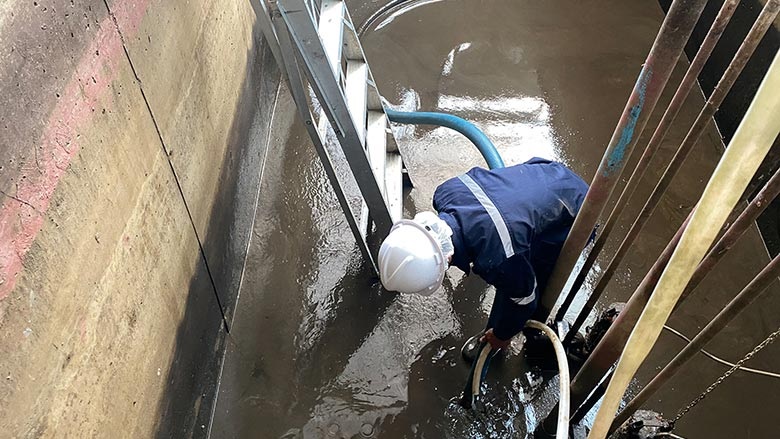Water damage is a major concern for homeowners since it can ruin their property and valuable things. Whether it’s from a burst pipe, a natural disaster, or a leaky roof, the effects of water damage can be devastating. However, with the right knowledge and approach, it’s possible to turn the tide and restore your home to its former glory. In this comprehensive guide, we’ll explore expert tips and strategies for successful water damage restoration, ensuring that you can navigate the challenges and emerge victorious.
Assessing The Full Aspect Of Water Damage
The first step in any restoration project is understanding the extent of the damage. Water stains and peeling paint are two of the more noticeable symptoms of water damage; mold and structural damage are two of the less apparent ones. The first step in creating a suitable restoration strategy is to undertake a comprehensive assessment of the impacted region. This will help you identify all areas of concern.
Acting Quickly
Time is of the essence when it comes to water damage restoration. The longer water is allowed to sit, the greater the damage it can cause. Exacerbating the problem and threatening the health of residents, mold can start growing within one to two days after being exposed to dampness. Therefore, it is critical to take immediate action to lessen the impact and forestall other problems.
Safety First
Before beginning any restoration work, it’s important to prioritize safety. Water-damaged areas can present numerous hazards, including electrical dangers, structural instability, and contamination from bacteria and mold. Ensure that the electricity to the affected area is turned off, and wear appropriate personal protective equipment, including gloves, goggles, and respiratory protection, to minimize the risk of injury or illness.
Remove Standing Water
The first step in the restoration process is removing any standing water from the affected area. Depending on the extent of the damage, this may require the use of pumps, wet/dry vacuums, or other specialized equipment. To avoid mold growth and additional damage, the area will be dried out completely using fans and dehumidifiers after the standing water has been removed.
Assessing And Salvaging Property
Once the water has been removed, it’s time to assess the damage to your property and belongings. Salvage what you can, but be prepared to discard items that are beyond repair. Upholstered furniture, mattresses, and carpeting are particularly susceptible to water damage and may need to be replaced. Hard surfaces like wood, metal, and plastic can often be salvaged with proper cleaning and disinfection.
Addressing Mold And Mildew
One of the most significant challenges of water damage restoration is dealing with mold and mildew growth. Mold can spread rapidly in moist environments, compromising indoor air quality and causing respiratory issues for occupants. To address mold and mildew, thoroughly clean and disinfect affected surfaces using commercial mold remediation products or a solution of bleach and water. In order to keep mold from coming back, it’s crucial to fix any moisture problems that may be present.
Restoring Structural Integrity
Your home’s support beams, drywall, and other construction elements can all take a beating from water damage. In severe cases, structural repairs may be necessary to ensure the safety and stability of the property. To determine the full scope of the damage and create a restoration plan, consult a licensed contractor or structural engineer.
Preventing Future Damage
Once the restoration process is complete, take steps to prevent future water damage. To avoid flooding in the event of a power loss or storm, fix any plumbing problems as soon as possible and think about getting a sump pump. Water stains, musty smells, and peeling paint are telltale symptoms of water damage; if you see any of these problems, fix them right once to stop the damage from getting worse.
Conclusion
Water stains, musty smells, and peeling paint are telltale symptoms of water damage; if you see any of these problems, fix them right once to stop the damage from getting worse. By understanding the scope of the damage, acting quickly to remove standing water, addressing mold and mildew growth, and taking steps to prevent future damage, you can ensure a successful restoration outcome. Always put safety first, and don’t hesitate to ask for help if you need it or want the best results. With these expert tips in mind, you can say goodbye to waterlogged woes and enjoy a dry, comfortable home once more.

